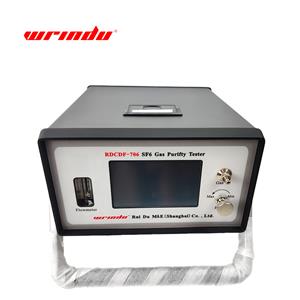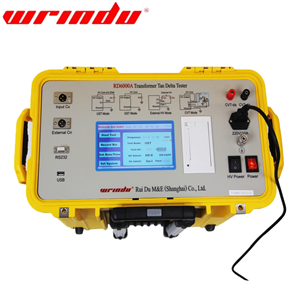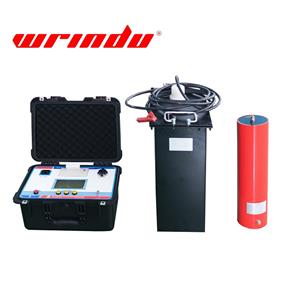What is the method for measuring insulation resistance? Why do we need insulation testing?
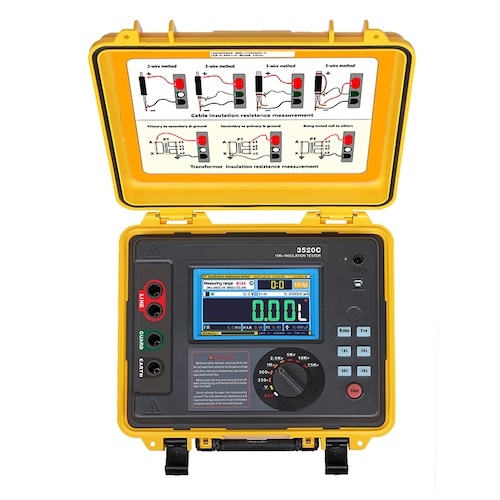
The Purpose and principle of measuring insulation resistance
Why do we need insulation testing?
Safety
The most important reason for conducting insulation testing is to ensure public safety and
personal safety.By performing insulation tests on disconnected current-carrying conductors,
grounding conductors, and conductors to be grounded, the possibility of fire due to short
circuits is eliminated.
Extend equipment life
Insulation testing is also important to protect and extend the service life of electrical systems
and motors. Periodic maintenance testing can provide data for analysis while predicting possible
system failures. In addition, when a fault occurs, insulation testing is also required to determine
the cause of the fault.
International regulations
Whether it is production materials or electrical equipment, insulation preventive tests need to be
carried out in accordance with the corresponding international requirements to verify the quality
of the produced electrical equipment and ensure that the equipment meets regulations and
safety standards.
Insulation test principle
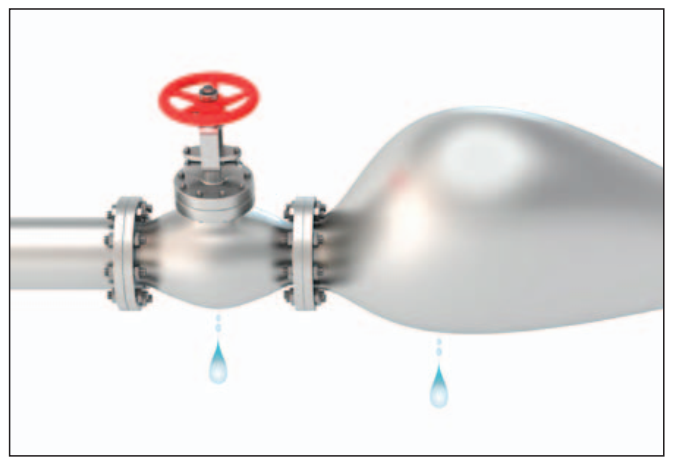
Insulation testing is similar to finding leaks in water pipes. Typically, high-pressure water is
injected into the pipe to look for leaks. Pressurized water flow can make leaks easier to find.
And pressure in the electrical field is voltage. When performing insulation testing, applying a
relatively high DC voltage to the device under test makes the leakage areas more obvious.
The insulation resistance tester measures the leakage current when voltage is applied, and
calculates the insulation resistance value through Ohm's law. Such instruments are designed
to apply and control test voltages in a "non-destructive" manner. Although the voltage provided
is high, the current is very limited. This avoids secondary damage to the equipment due to poor
insulation and ensures the safety of operators.
Why can't I use a multimeter to measure insulation resistance?
Although a multimeter can measure resistance, it cannot give an accurate indication of the working condition of an insulator. Because the multimeter uses a 9V DC power supply when making measurements, it cannot obtain the high voltage required for testing.
How to measure insulation resistance?
Insulation resistance test steps
(Take the insulation resistance tester as an example)
a. Turn off the equipment or system and keep it disconnected from all other circuits, switches,
capacitors, carbon brushes, lightning arresters and circuit breakers.
b. The system under test is completely discharged to the ground.
c. Select the appropriate test voltage.
d. Wiring. If the measured insulation resistance is large, it is recommended to use shielded wires
and add a grounding wire to prevent breakdown. Test wires should be avoided from being
entangled to reduce test errors.
e. Start the test, read the meter indication value after a period of time (usually one minute),
record the data and the ambient temperature at this time.
f. After the test is completed, if the object under test is a capacitive device, the device should
be fully discharged. Finally remove the connecting wires.
Why do I need to use shielded wires when measuring larger resistances?
When the insulation resistance to be measured is large, the measurement voltage is fixed, and the current passing through the conductor is relatively small and is easily affected by the outside world. Use a shielded wire for testing. The shielded wire and the negative (-) terminal are at the same potential, which can be used to prevent surface damage. Leakage or other unintentional leakage of current results in reduced accuracy of insulation resistance measurements. At the same time, in addition to the two test leads during the test, a grounding wire is added to prevent breakdown and ensure safety.
Instruments for measuring insulation
Insulation test tools
Insulation resistance testing is done using special testing equipment. The most commonly used test instruments are meggers or insulation resistance testers, but other types of instruments can be used to check the integrity of different insulation types.
Shake meter
The hand-operated megohmmeter is called a megohmmeter. It was born in the 1950s and 1960s and is the earliest insulation resistance testing instrument. There are different specifications, such as 250V, 500V, 1000V, etc. When in use, the DC voltage is generated by shaking the handle. The pointer dial generally requires two people to operate it at the same time. One person operates the rocker and one person keeps time and records data.
Digital insulation resistance tester
Insulation resistance testers powered by batteries have multiple adjustable test voltage levels and an electronic display to make readings more accurate. In addition, they are usually designed with safety protection functions, such as automatic discharge, leakage current monitoring, etc. The test items are also more diverse, with multimeter test functions, polarization index, medium absorption ratio, etc., making it applicable to a wider range. Compact design and simple operation, one engineer can complete all testing steps.
Rui Du's RD3215E insulation resistance tester has achieved good sales in many countries around the world, and its quality is very reliable. You are welcome to leave a message or consult.
Leakage current clamp meter
Leakage current clamp meters can be used to measure the insulation of equipment that cannot be de-energized. The magnetic fields generated by the load current cancel each other out. Any unbalanced current flow results from current leakage from the conductor to the ground or elsewhere. To measure this current, a leakage current clamp meter should be able to detect less than 0.1mA.
Things to note when measurong insulation
1. Do not connect the insulation tester to live conductors or live equipment, and make sure to
follow the manufacturer's instructions for use;
2. Use open fuses, switches, and circuit breakers to shut down the equipment under test;
3. Disconnect the branch conductor, ground conductor and other equipment connected to the
equipment under test;
4. Make sure to disconnect the conductor capacitor before and after testing;
5. Some equipment may have a discharge function;
6. Check fuses, switches and circuit breakers in dead circuits for leakage current. Leakage
current can cause conflicting or erroneous test readings;
7. Please do not use the insulation tester in an environment containing dangerous or explosive
gases. If the insulation performance is destroyed, the instrument may generate arcs;
8. Wear insulated rubber gloves when connecting test leads
Click here to find information about RD3215E Insulation Resistance Tester.
You may be interested in:
Differences between insulation resistance and ground resistance.
You must know about insulation resistance measurement.
Do you truly understand Inaulation Resistance Testing?

